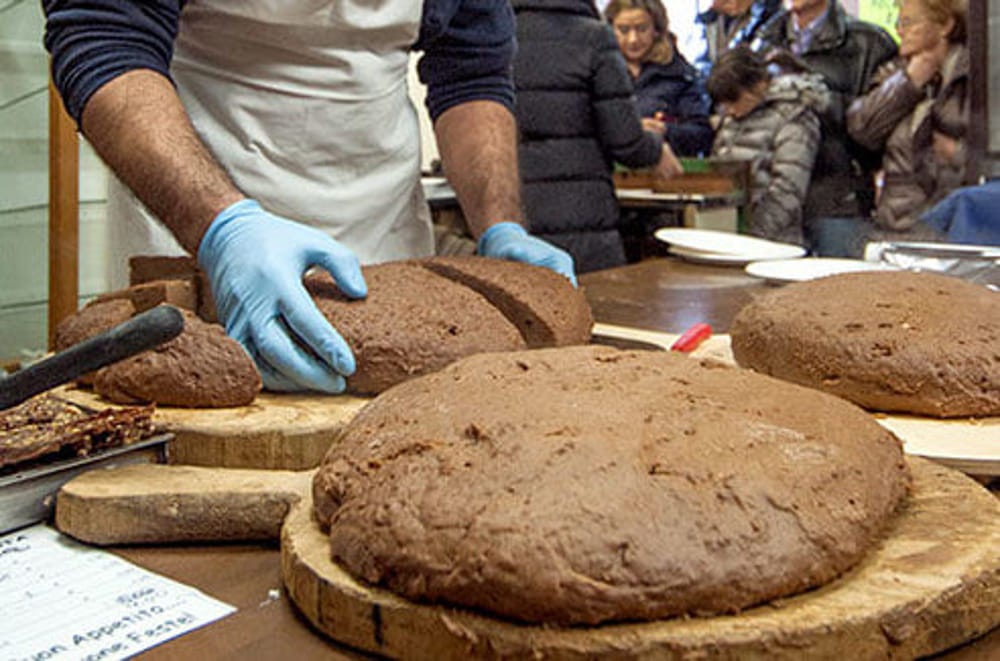POLENTA DOLCE
Knowing how to make a sweet polenta is not for everyone. At the Pro-loco of Cetica, they make it an extraordinary way, during the November Festival.
Keep reading with a 7-day free trial
Subscribe to Flavors + Knowledge to keep reading this post and get 7 days of free access to the full post archives.




